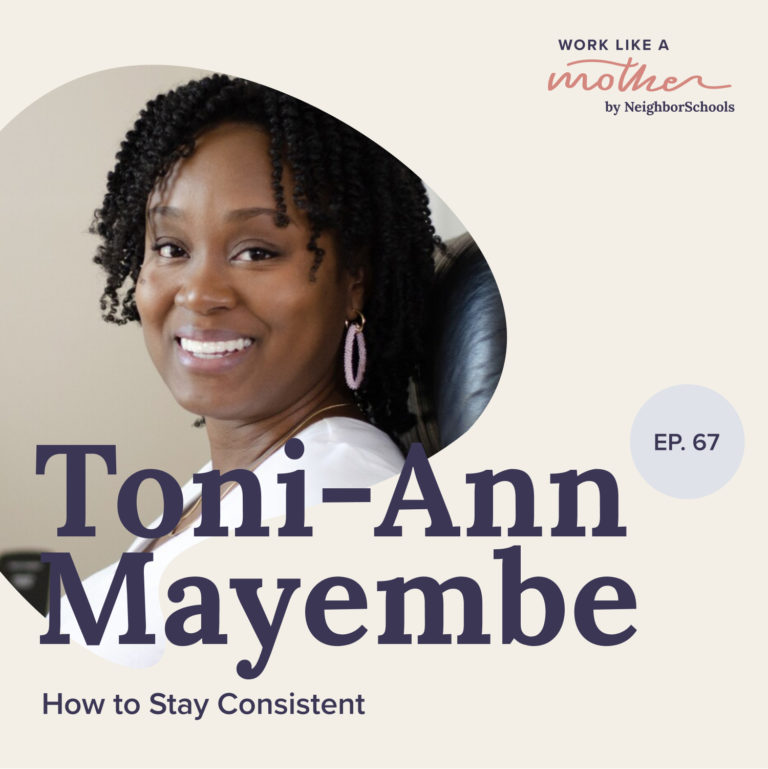You’ve finally gotten your little one into a consistent (praise-worthy) sleep schedule. A nice early bedtime, minimal night time wake-ups and your angel may even sleep in a few days a week past 6 am – hallelujah! Am I right? So how do you survive a time change without all of that hard work imploding?
As the end of Daylight Savings Time quickly approaches (it’s THIS Sunday, November 3rd at 2am), here are a few tips and tricks I’ve found that help ease the transition.

Slowly push bedtime up in 15 minute increments
So if your child typically has a bedtime of 7, about four nights before we turn the clocks back, put them to bed at 7:15, then 7:30 and so on until they’re going to bed as close to 8 as possible. Doing this step by step won’t be as much of a shock to their system.
Of course this means their schedule for the whole day will shift 15 minutes later. Try holding them off in the morning to start the day 15 minutes later (whether that means leaving them in the crib for a bit when they first wake up, or sitting with them in their dark room and cuddling). And then naps, lunch, bath time and bedtime will all be shifted 15 minutes later as well. This way, the Sunday after you turn the clocks back, your child will hopefully be ready for bedtime when the clock strikes 7 (formerly 8).
*Pro Tip: If your child seems exhausted and ready for bed by 6:30 on that first day after you’ve turned back the clocks, that’s fine! Put them to bed—you’re better off with a well-rested child than an overtired one. Also, a solid nap should help combat some of the tiredness and help them make it to 7.
Naps are your friend
We all know that daytime sleep isn’t as restorative as nighttime sleep, but it is helpful (especially for kids). For babies, stick to your nap routine as much as possible.
If you have an older child that doesn’t typically nap anymore, try encouraging one even if you have to take a car ride to make it happen. This will help them recover any lost sleep and ward off any crankiness (and there will be crankiness).
Light the way
Melatonin is a hormone that helps regulate your body’s internal clock. Levels increase in the evening when it becomes dark and helps induce sleep, and it decreases when it’s light out which can trigger alertness. Daylight Savings Time is notorious for throwing our internal clock out of whack, especially in kids. To help, be sure your little one is napping and sleeping in a completely dark room. I highly recommend investing in blackout shades if you haven’t already. (These have proved particularly magical in the summertime when it stays light out way past my kiddos bedtime).
Also, from the moment you start your day, keep the house bright and full of daylight. Get outside and go for a walk if you can. Exposing your little one to sunlight during the day helps their natural body clock regulate.
No time for screen time
Reduce screen time leading up to bedtime (for at least an hour before). The blue light emitted from television, tablets and phone screens messes with our natural body clocks. According to the National Sleep Foundation, such devices can reduce sleep time, sleep quality, and daytime alertness because of the light exposure as well as the fact that they engage the brain right before bedtime. Consider a few bedtime stories or quietly singing songs together while cuddling.
Routine is queen
Stick to a consistent, sleep-inducing bedtime routine. All the things you do with your child for the 30-45 minutes leading up to bedtime send strong sleep signals to them. The week leading up to and after the time change is not the ideal time to throw in a vacation, late dinner out, or babysitter who may do things differently. One suggestion would be: a nice warm bath, some quiet bedtime stories or songs and snuggles before lights out.
Keep calm, you’ve got this
You may notice your kids are a little grumpy, maybe even throwing an extra tantrum or two in the days following the time change. Try to muster up any extra patience you might have and remember this is short-lived, and it’s not their fault. Children are typically back to normal sleep and behavior about 1-2 weeks after the time change. So hang in there!




